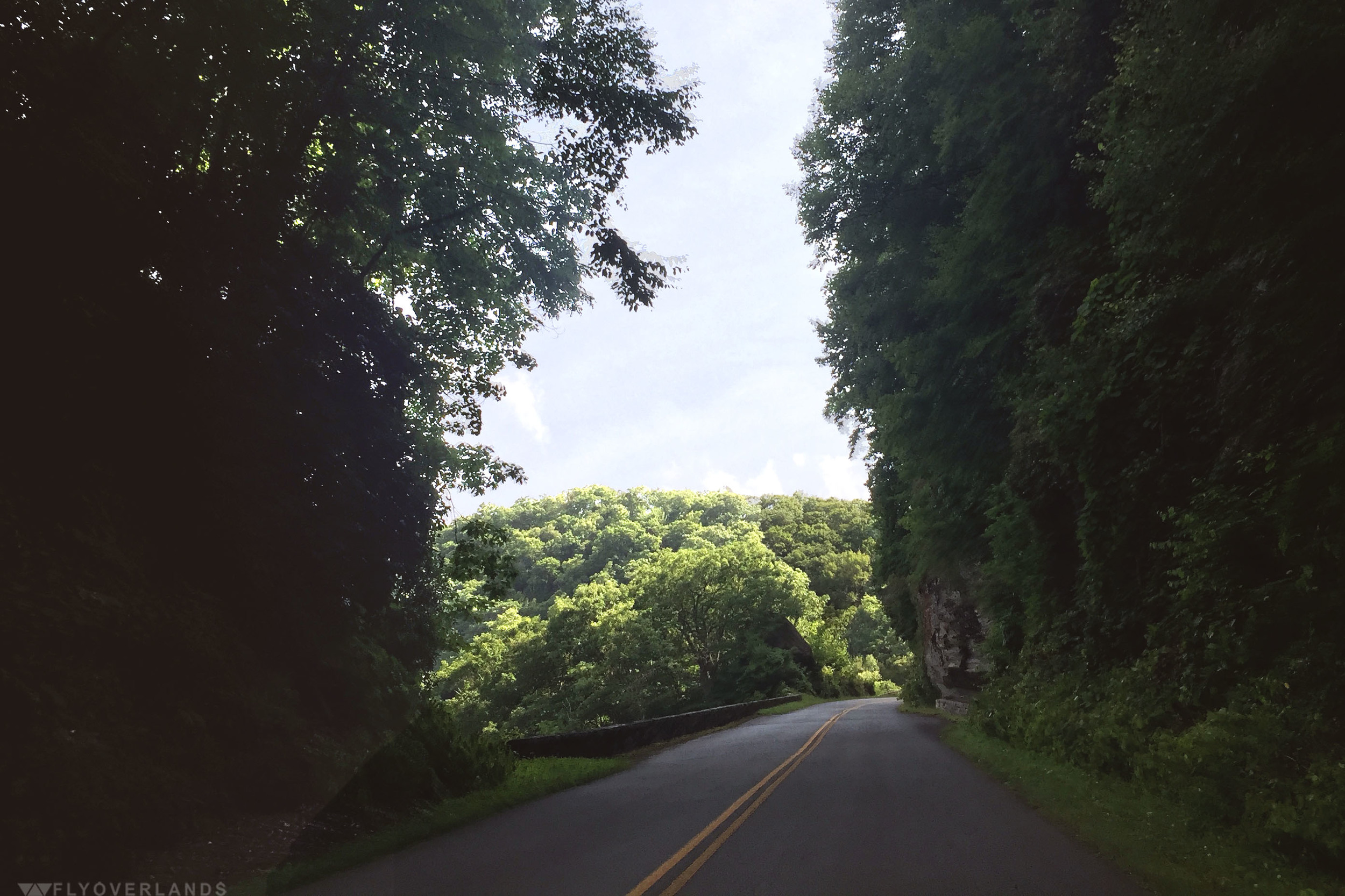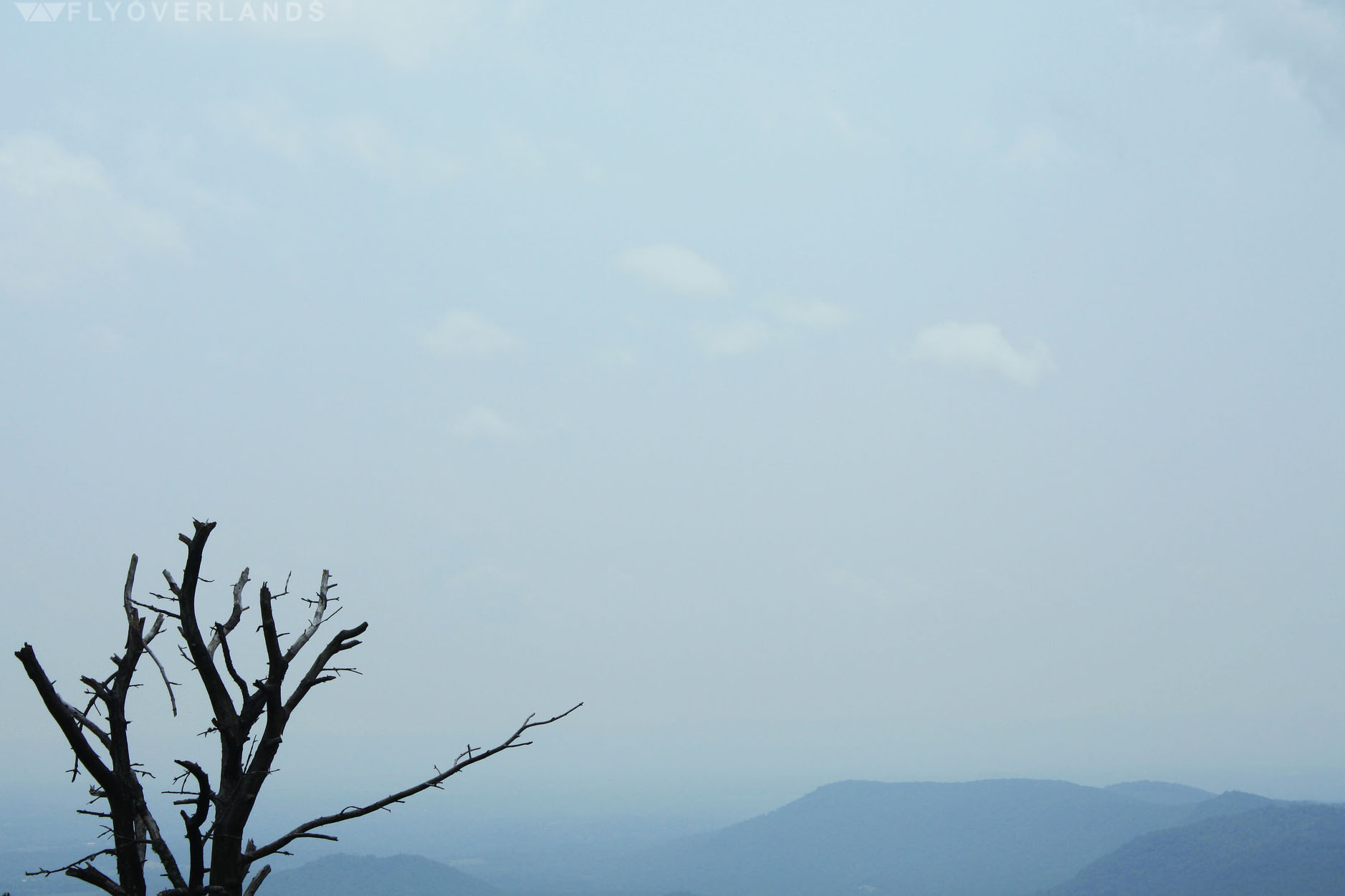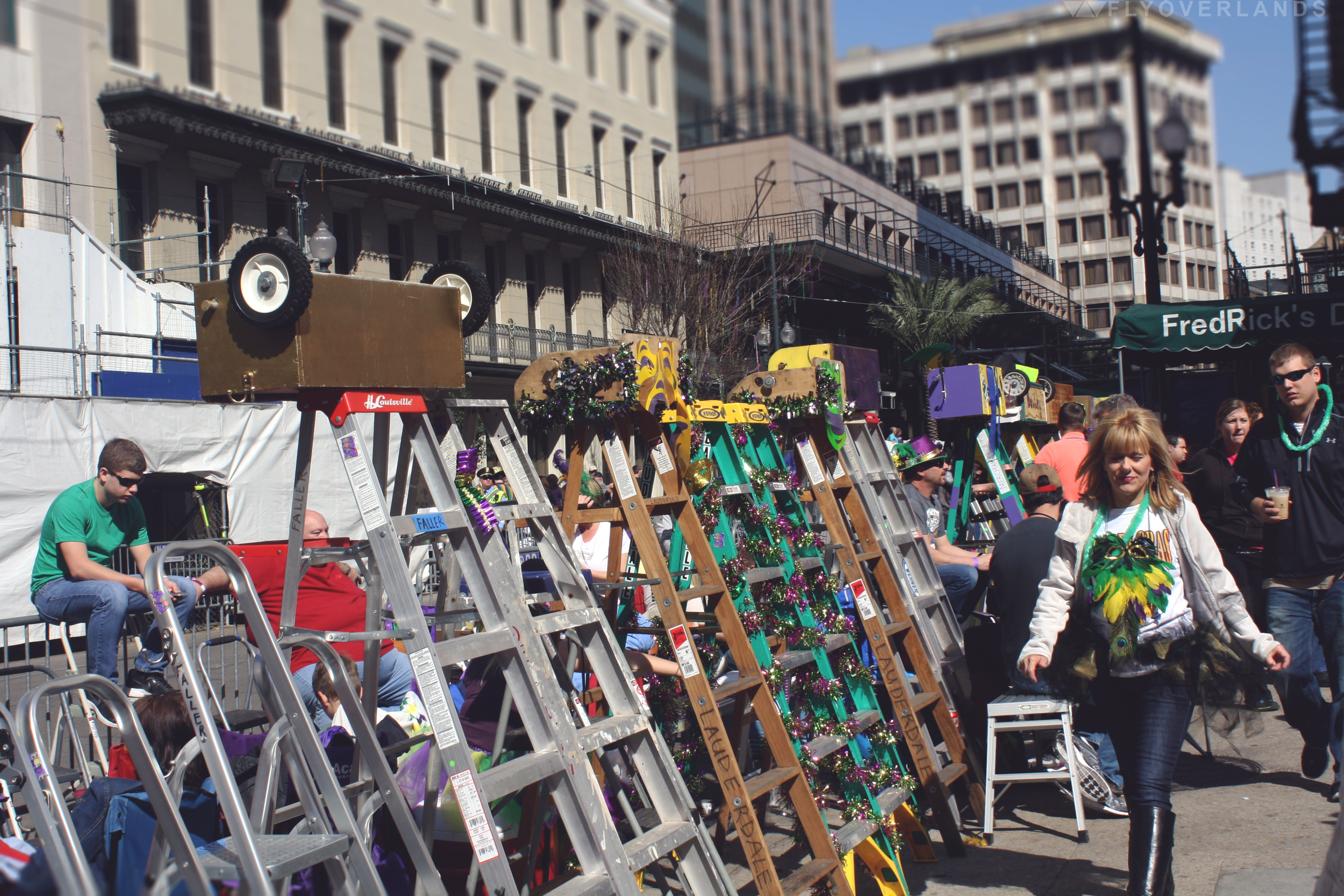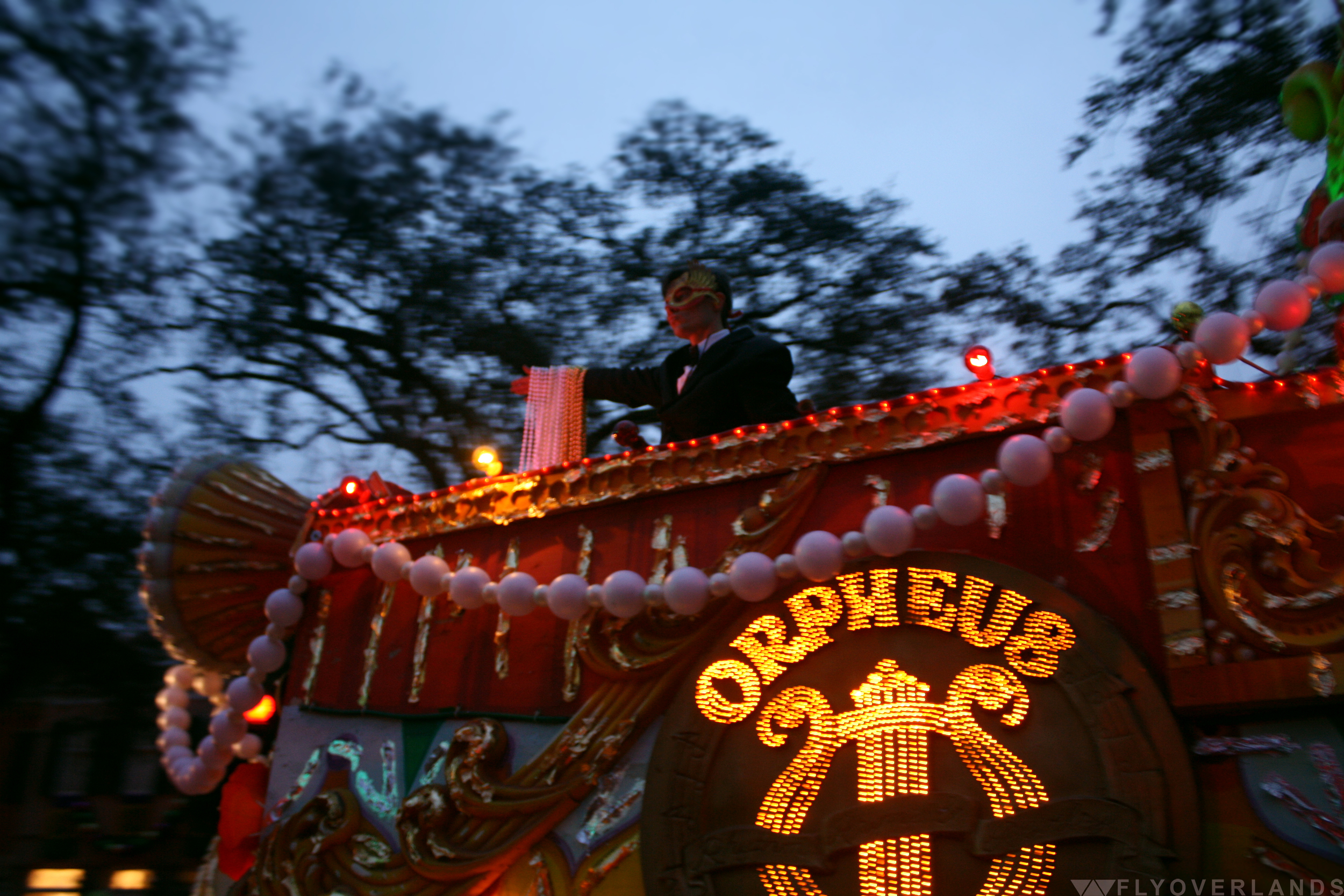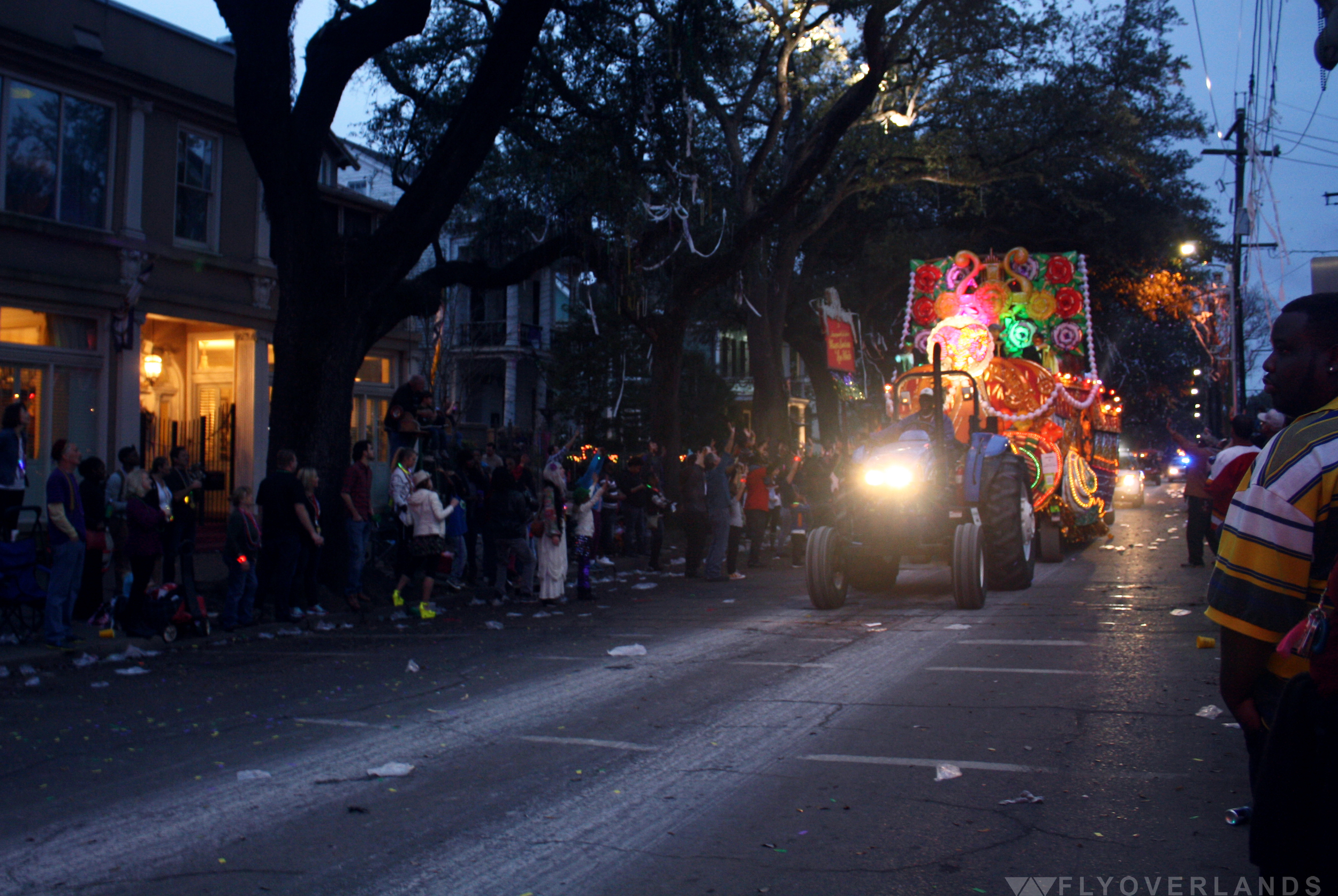Coffee Break: Swell COffee Co.
Mission Beach, California
by Samantha Adler
I finally found the perfect morning beverage. And an acceptable excuse to down a hoppy, cold drink at 10 AM on the beach.
San Diego’s Mission Beach is especially well equipped for this morning routine; with food vendors, cafes, a boardwalk, and little shops to accommodate surfers, locals, and wanderers (like myself). Colorful houses sprout off this main road on little alleys, with leafy and succulent-rich yards squished against each other. Walking through one of these alleys leads you from the main road to the beach.
I parked in front of one of these cozy little blocks and set off on to get my caffeine fix at Swell Coffee Co. Swell fits right in at Mission Beach, with its beach-y, chill vibes. The cafe is located completely outside, with several stools and tables located in an outside patio. I was pleased to find the bathroom even rode the beach-themed wave, with posters of Point Break serving as wallpaper.
I approached the counter eyeing their coffee options and yummy breakfast menu. Swell was also a roaster, and served it’s own coffee. They also have an extensive breakfast menu, with healthy noms and Mexi-Cali egg dishes. After only eating burritos for a week and getting distracted by several pups behind me in line, I quickly decided to go with a classic breakfast sandwich and a normal, black cold brew.
I found a sunny spot at the corner of the patio. I slurped down half of my coffee when my sandwich came out. While the egg, spinach, cheese, and bacon sandwich was the tamest option, it was so delicious that I ate it too fast to take a photo (I’m sorry!). The bread was fresh and lightly toasted, the bacon was super crispy, and there was plenty of melted sharp cheddar.
It was only after I sat down and took a closer look at the menu that I saw it: a cold brew brewed in hops. A beer ice coffee? My two favorite beverages joined together in a glorious liquid?
After polishing off my plate and my original cup of coffee, I ordered the hopped cold brew to go. I held the cold plastic cup in my hand and took off down a leafy alley towards the beach. Halfway down, standing in front of a tiny fenced yard, with surfboards and yard decorations strewn about, I took my first sip.
The familiar acidity of iced coffee filled my mouth, but then came a big hoppy punch. The flavor was strong, but pleasant for anyone who enjoys a hoppy, bitty IPA. It gave the cold brew a kick, with a hop-bite at the tail-end of every sip.
I would highly recommend to my fellow IPA and coffee enthusiasts. And if you can, drink it on the beach.












